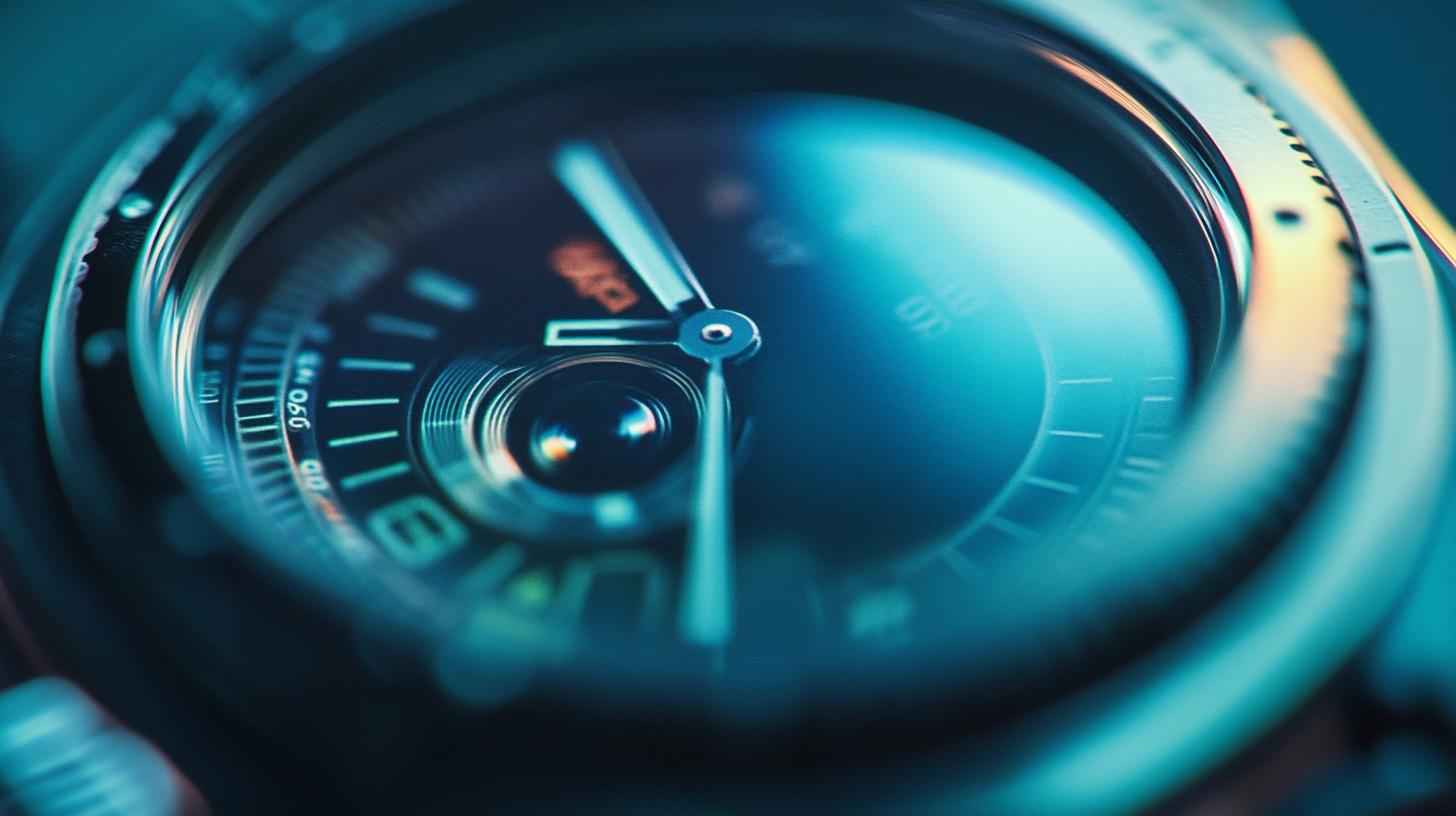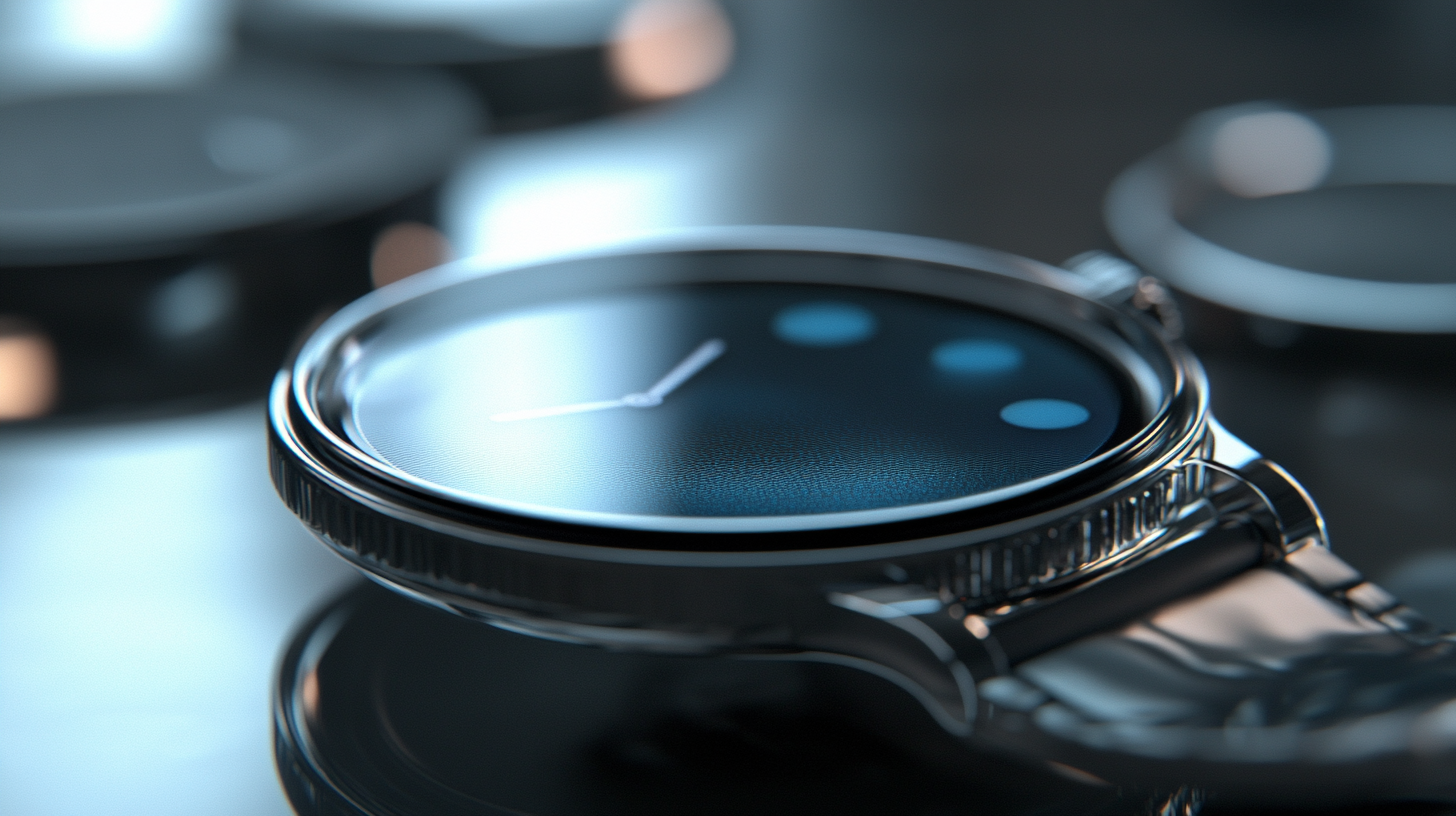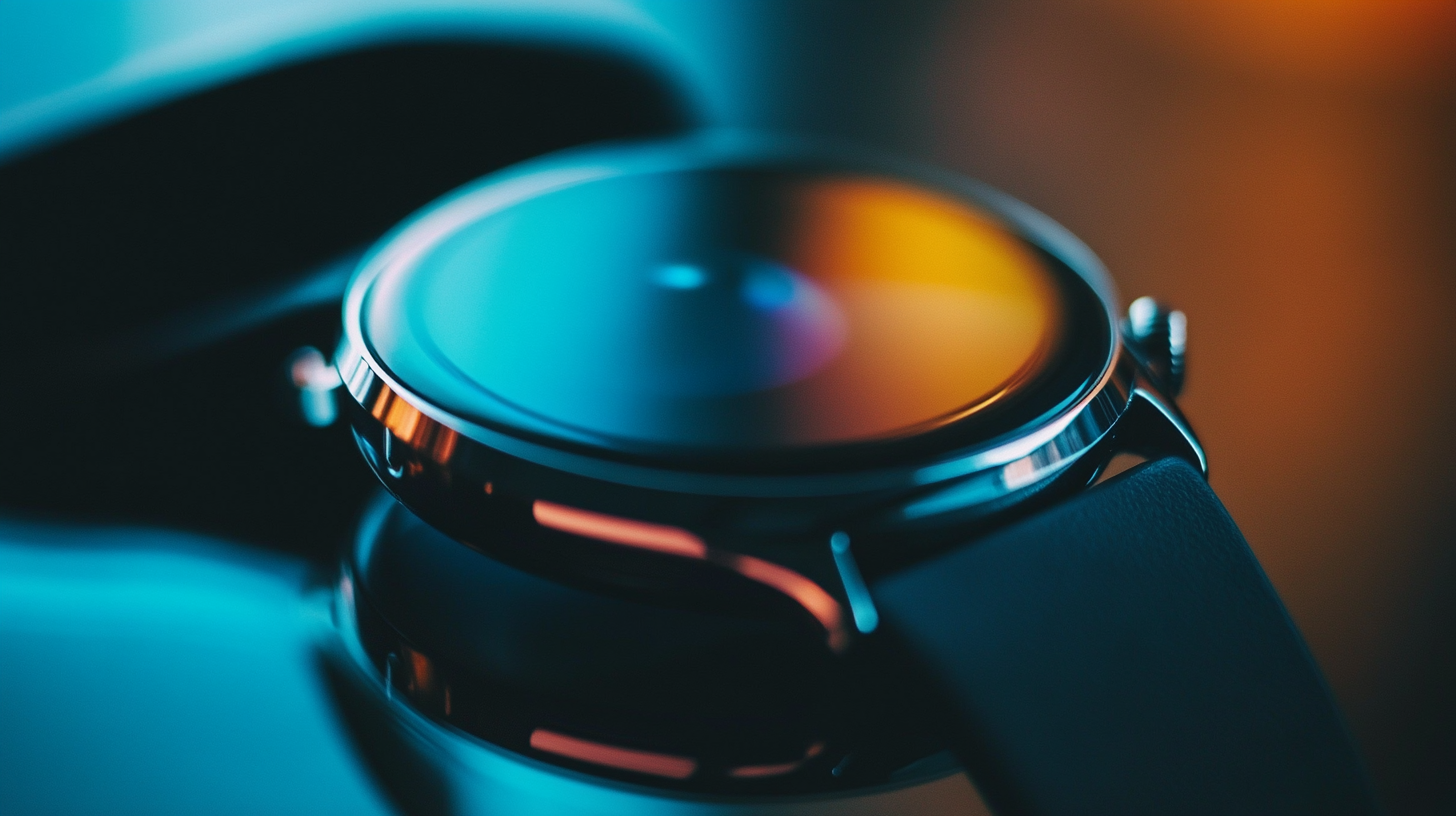
 In the rapidly evolving world of wearable technology, the selection of the most suitable cover lens for smart watches is crucial for delivering both aesthetic and functional benefits. As highlighted in the recent industry report by Statista, the global smart watch market is projected to reach approximately 250 million units by 2025, emphasizing the growing demand for durable and high-quality components. The cover lens for smart watch plays a significant role in both the device's longevity and user experience, being the first line of defense against scratches and impacts. Moreover, advancements in material technology, such as the use of sapphire glass and Gorillaglass, are paving the way for enhanced protection and clarity, which are essential features potential consumers consider. Therefore, understanding industry production standards becomes imperative for manufacturers aiming to succeed in this competitive landscape, meeting the expectations of an increasingly discerning customer base.
In the rapidly evolving world of wearable technology, the selection of the most suitable cover lens for smart watches is crucial for delivering both aesthetic and functional benefits. As highlighted in the recent industry report by Statista, the global smart watch market is projected to reach approximately 250 million units by 2025, emphasizing the growing demand for durable and high-quality components. The cover lens for smart watch plays a significant role in both the device's longevity and user experience, being the first line of defense against scratches and impacts. Moreover, advancements in material technology, such as the use of sapphire glass and Gorillaglass, are paving the way for enhanced protection and clarity, which are essential features potential consumers consider. Therefore, understanding industry production standards becomes imperative for manufacturers aiming to succeed in this competitive landscape, meeting the expectations of an increasingly discerning customer base.
When selecting a cover lens for smart watches, it is crucial to understand the key characteristics that define their quality and functionality. The most essential attribute is scratch resistance, with recent industry reports indicating that sapphire glass is 5 times more scratch-resistant than mineral glass, making it the preferred choice for high-end models. According to a market analysis by TechNavio, the global demand for sapphire cover lenses has surged by approximately 20% annually, reflecting consumer preference for durability and longevity in wearable technology.
Another significant characteristic is optical clarity, which affects the watch's display visibility in various lighting conditions. Research by Corning points out that lenses with anti-reflective coatings can improve light transmittance by up to 90%, significantly enhancing user experience. Furthermore, the flexibility of the cover lens material can influence design and comfort; polycarbonate lenses, while less premium than sapphire, offer lightweight and shatter-resistant options that appeal to active lifestyle consumers. The balance between these characteristics—scratch resistance, optical clarity, and material flexibility—plays a vital role in smart watch design, directly impacting user satisfaction and overall market competitiveness.
 When selecting the best cover lens for smart watches, understanding the material types available is crucial. Common options include sapphire crystal, Gorilla Glass, and plastic. A comparative analysis reveals that sapphire crystal, while offering exceptional scratch resistance and a premium feel, tends to be more expensive and heavier, which can impact the overall watch design. According to a report by Grand View Research, the global smartwatch market is expected to reach USD 96.31 billion by 2027, making the choice of durable and appealing materials more relevant than ever.
When selecting the best cover lens for smart watches, understanding the material types available is crucial. Common options include sapphire crystal, Gorilla Glass, and plastic. A comparative analysis reveals that sapphire crystal, while offering exceptional scratch resistance and a premium feel, tends to be more expensive and heavier, which can impact the overall watch design. According to a report by Grand View Research, the global smartwatch market is expected to reach USD 96.31 billion by 2027, making the choice of durable and appealing materials more relevant than ever.
Gorilla Glass, on the other hand, is lightweight and offers decent scratch resistance at a more affordable price point. Recent studies by Corning show that their Gorilla Glass 3 can withstand drops from significant heights compared to regular glass, thus enhancing the longevity of smart watches. Furthermore, plastic lenses provide cost-effective alternatives, but they often lack the durability and scratch resistance seen in glass variants. With the significant growth in the smartwatch industry, choosing the appropriate cover lens material not only influences the aesthetic appeal but also the performance and attractiveness of the product in a competitive market.
When selecting a cover lens for smart watches, industry standards play a crucial role in ensuring quality, durability, and performance. Various organizations establish these standards to guide manufacturers in creating lenses that can withstand everyday wear and tear. Key specifications often address parameters such as scratch resistance, impact resistance, and UV protection. For instance, the use of materials like sapphire glass is a common benchmark for high-end smart watch lenses due to its superior hardness and clarity.
Moreover, compliance with industry standards not only assures consumers of the lens's quality but also enhances the longevity of the device. Manufacturer certifications often indicate adherence to these standards, allowing potential buyers to make more informed decisions.
Additionally, understanding these specifications empowers consumers to choose a product that aligns with their lifestyle and usage patterns, ensuring that their smart watch remains functional and visually appealing over time. By prioritizing lenses produced under stringent industry standards, users can enhance their overall smart watch experience.
When selecting the optimal cover lens for smartwatches, understanding usage scenarios is crucial. Different activities demand specific lens characteristics; for instance, fitness enthusiasts may prioritize durability and scratch resistance, while tech-savvy users might seek lenses that enhance display visibility in various lighting conditions. A recent industry report reveals that over 60% of smartwatch users consider lens quality a determining factor in their purchasing decisions, emphasizing the importance of aligning lens selection with intended use.

Moreover, as the market evolves, innovations in lens technology focus on enhancing user experience. The latest advancements allow for greater clarity and durability without compromising cost. With the growing trend of integrating smartwatches into daily routines, industry data shows that 75% of users favor lenses that not only protect the display but also improve interaction, such as anti-glare and smudge-resistant coatings. Understanding these distinctions ensures that consumers make informed decisions that cater to their specific lifestyles and enhances overall satisfaction with their device.
When considering the best cover lens for smartwatches, the quality of the lens plays a crucial role in both performance and longevity. A high-quality lens enhances visibility, reduces glare, and improves touch responsiveness, ultimately resulting in a superior user experience. For instance, while some materials may be more affordable, they often compromise on features such as scratch resistance and durability. This is particularly important for wearables that endure daily wear and tear on our wrists, where exposure to potential damage is constant.
Recent analyses of various smartwatches highlight the importance of lens materials. Sapphire glass, known for its superior scratch resistance, stands out in durability tests. In contrast, alternatives may offer lower protection, leading to more frequent replacements and repairs. Therefore, investing in a smartwatch with a high-quality cover lens not only protects the device over time but also maintains its functionality and appearance. As consumers increasingly seek devices that combine style with resilience, understanding lens quality is paramount in making an informed decision.
This chart illustrates the Performance Index associated with different quality levels of cover lenses used in smart watches. A higher Performance Index correlates with improved functionality and durability, suggesting that the quality of the lens significantly impacts the overall performance and longevity of the device.